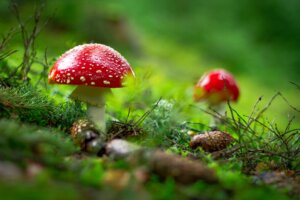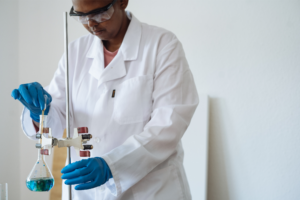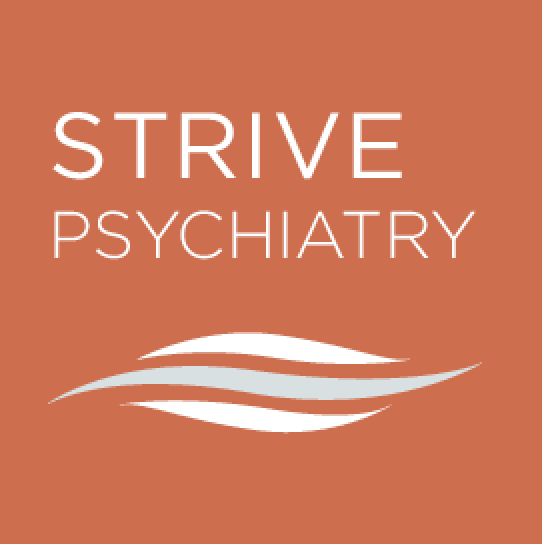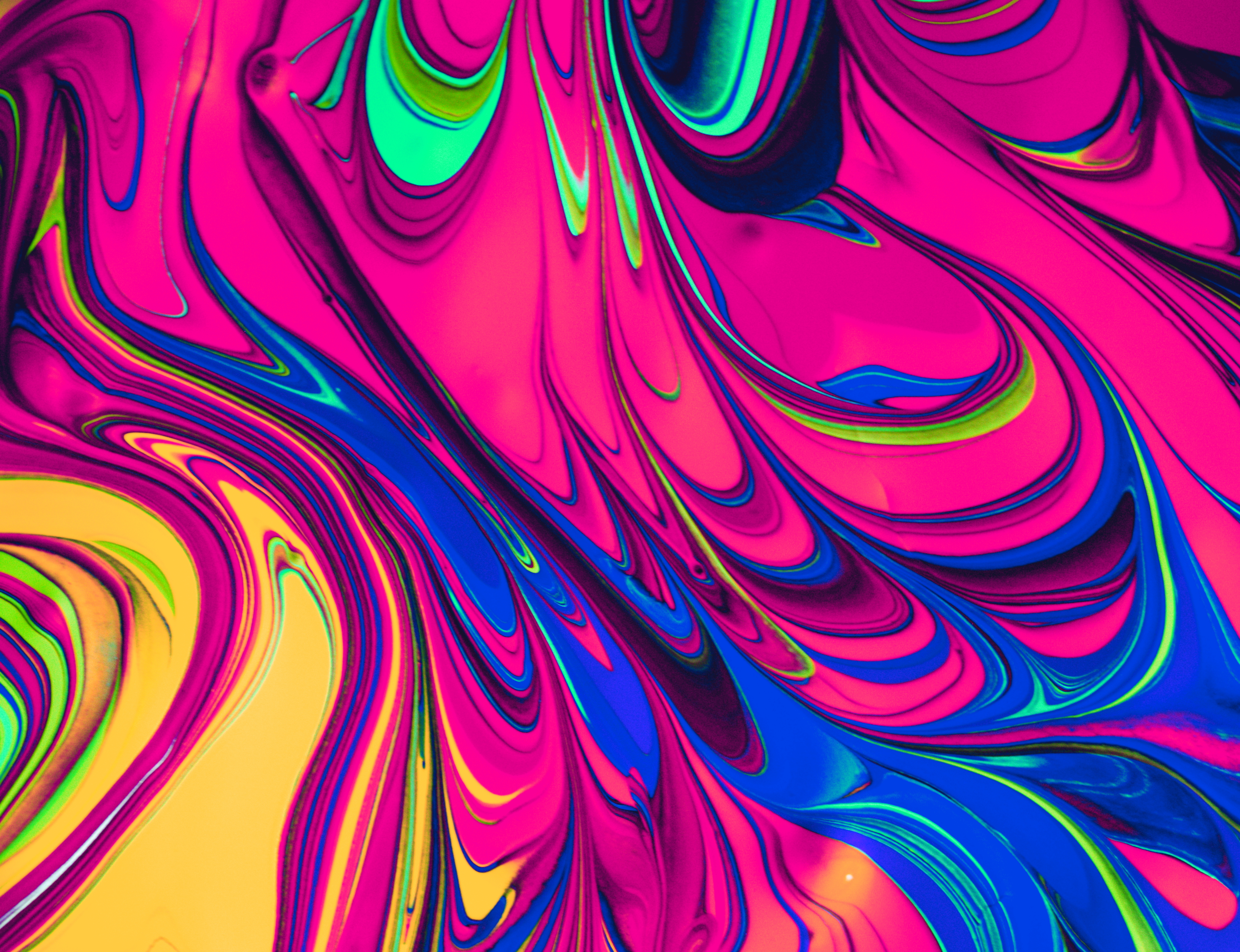What a trip!
Psychedelics’ early discovery to parties culture and mental health
When you hear the word “Psychedelics” what comes to mind? For many, it may be art with bright colors and wavy shapes. For others come ideas of wild parties and drug-induced hallucinations. These thoughts may be popular, but a new perspective includes psychedelics as a successful treatment for mental illnesses. Psychedelic substances are not a magical cure-all pedaled by shady street vendors, their use is backed up by scientific data. Groundbreaking research supports the use of ketamine (Special K) to treat depression. On top of this, clinical trials are underway to see how psilocybin (magic mushrooms,) LSD (Acid,) and MDMA (ecstasy/molly) improve different mental illnesses. All this research is looking to find alternative options for those struggling with mental illnesses that have found no relief from traditional medication.
There has never been a greater need for new psychiatric treatments. Current statistics show that 1 in 5 people have a mental illness of some kind. A staggering 8% of adults (20 million individuals) in the US had a major depressive episode in 2019 alone. What’s more, fewer and fewer people are getting relief from antidepressants. A recent study found that only one in three people taking an antidepressant for the first time found relief. That number decreases the more antidepressants they try. Read more about this study here.
For those struggling with a mental illness, psychedelics could offer relief and hope.
In this article, we will look into:
- The history of psychedelics
- Legalities and stigma
- Future options for medical use
Don’t have time to read the full article? Check out the TL;DR at the bottom of the page!
A brief history
 Recreational use of psychedelics is not a new practice. In fact, evidence of their use dates back several thousand years. Different cultures used naturally occurring psychedelics for their euphoric effects. Psychedelics became part of ceremonies and gatherings long before the 20th century. It wasn’t until the 1900s that doctors began to explore the effects of these compounds on mental health. While trying to formulate a separate substance, Swiss Chemist Dr. Albert Hofmann created the first dose of LSD. After accidentally exposing himself to it, he found that this chemical produced euphoric effects. Not long after this, magic mushrooms, LSD, and Ketamine’s beneficial qualities took center stage. People with alcohol or tobacco dependence were no longer addicted. Those with mental disorders improved dramatically. Thus began a major effort to study the healing qualities of psychedelics.
Recreational use of psychedelics is not a new practice. In fact, evidence of their use dates back several thousand years. Different cultures used naturally occurring psychedelics for their euphoric effects. Psychedelics became part of ceremonies and gatherings long before the 20th century. It wasn’t until the 1900s that doctors began to explore the effects of these compounds on mental health. While trying to formulate a separate substance, Swiss Chemist Dr. Albert Hofmann created the first dose of LSD. After accidentally exposing himself to it, he found that this chemical produced euphoric effects. Not long after this, magic mushrooms, LSD, and Ketamine’s beneficial qualities took center stage. People with alcohol or tobacco dependence were no longer addicted. Those with mental disorders improved dramatically. Thus began a major effort to study the healing qualities of psychedelics.
Then it all changed
 The discovery of psychedelic’s importance in the medical world had some drawbacks. Though the evidence supported their use in a safe setting, psychedelics became highly abused. Distribution of LSD began outside of hospitals and became a popular party drug. Horror stories of “bad trips” where teenagers ended up in the hospital shook communities. As a result, fear and uncertainty gripped society. A stigma surrounded psychedelics. By the late 1960s LSD became a “controlled substance” by the FDA. By the 1990s Ketamine, magic mushrooms, and all other hallucinogenic drugs followed suit. Federal regulations brought scientific research to a halt.
The discovery of psychedelic’s importance in the medical world had some drawbacks. Though the evidence supported their use in a safe setting, psychedelics became highly abused. Distribution of LSD began outside of hospitals and became a popular party drug. Horror stories of “bad trips” where teenagers ended up in the hospital shook communities. As a result, fear and uncertainty gripped society. A stigma surrounded psychedelics. By the late 1960s LSD became a “controlled substance” by the FDA. By the 1990s Ketamine, magic mushrooms, and all other hallucinogenic drugs followed suit. Federal regulations brought scientific research to a halt.
The Psychedelic Rebirth
 After a 25-year standstill, the “second wave” of psychedelics began. Researchers conducted a study testing Psilocybin – the key ingredient in magic mushrooms – as a treatment for OCD. The results of this study were promising, and research efforts slowly began again. Approval for testing and clinical trials is becoming more accepted by the FDA. Finally, in 2019, the FDA cleared the use of Ketamine as a treatment for depression. Not only was this a huge win for mental health, but it was also the first time the FDA approved any kind of psychedelic treatment. Alternative treatments give hope and a greater chance at remission for people with mental illnesses. Things are beginning to change, and psychedelics are becoming a more accepted treatment option. The good news about all of this? People are getting the help they need to overcome their mental health conditions.
After a 25-year standstill, the “second wave” of psychedelics began. Researchers conducted a study testing Psilocybin – the key ingredient in magic mushrooms – as a treatment for OCD. The results of this study were promising, and research efforts slowly began again. Approval for testing and clinical trials is becoming more accepted by the FDA. Finally, in 2019, the FDA cleared the use of Ketamine as a treatment for depression. Not only was this a huge win for mental health, but it was also the first time the FDA approved any kind of psychedelic treatment. Alternative treatments give hope and a greater chance at remission for people with mental illnesses. Things are beginning to change, and psychedelics are becoming a more accepted treatment option. The good news about all of this? People are getting the help they need to overcome their mental health conditions.
The future is bright
While psychedelics are not a magical cure that will save the world from depression, they are a promising alternative for those with a mental illness. With so many traditional treatments simply not working, psychedelics could make all the difference. Though more research is needed, the future is bright. With the need higher than ever, it is encouraging to see breakthrough scientific advances to help people take their lives back into their own hands.
TL;DR
Psychedelic substances have been around for a long time but became popular in the mid-20th century. Because they were highly abused, the FDA made use of them illegal. In the early 2000s, clinical trials began to test using psychedelics as a treatment for mental health conditions with promising results.
Related: TMS as an Alternative to Antidepressants
Further Reading:
Milestones in Psychedelic Research –
https://www.ncbi.nlm.nih.gov/pmc/articles/PMC5603818/
Psilocybin Studies –
https://www.scpr.org/news/2014/05/19/44153/psychedelic-science-researches-enlist-psilocybin-t/
http://hub.jhu.edu/2014/09/11/magic-mushrooms-smoking
How to join a clinical trial:
https://psychedelic.support/resources/how-to-join-psychedelic-clinical-trial/


One Comment